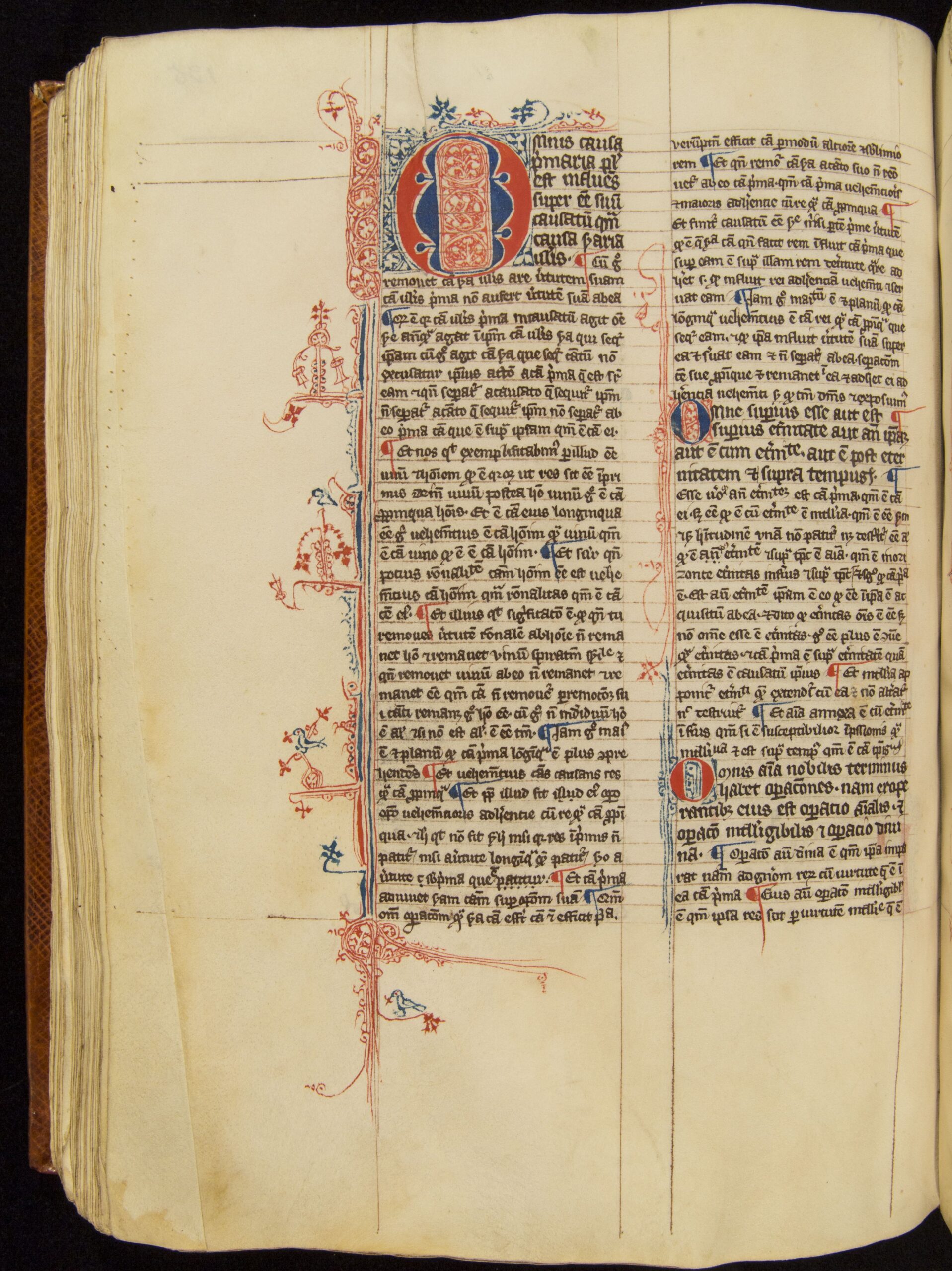

Why did British imperialism take the form it did in India? How did this change the lives of colonial servants in India? Why did individual Britons go to India? What did they expect to find there? What common experiences did they have?
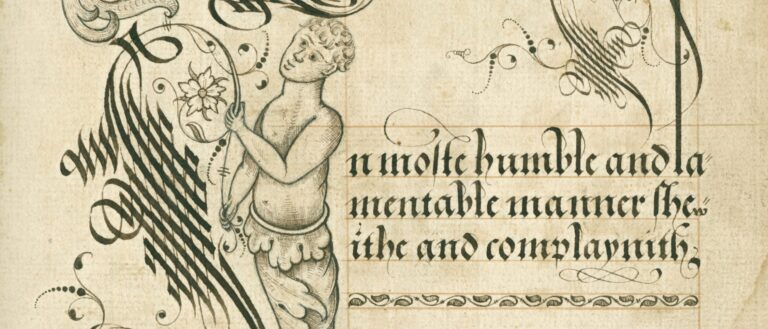
How did handwritten documents shape life in the early modern period? What can these documents tell us about the experiences of early modern people?
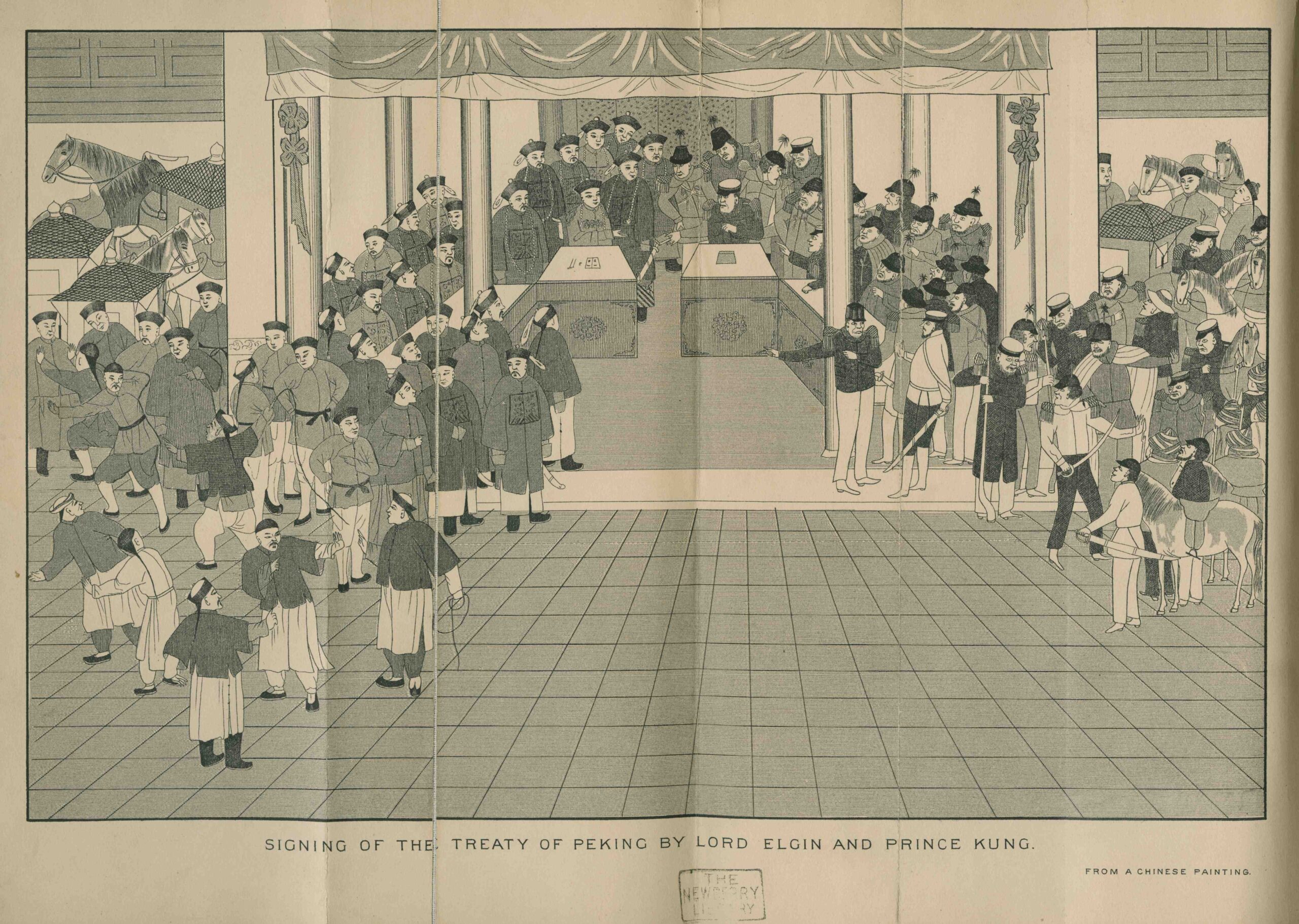
How have China’s economic and diplomatic ties to the outside world shaped its modern history?
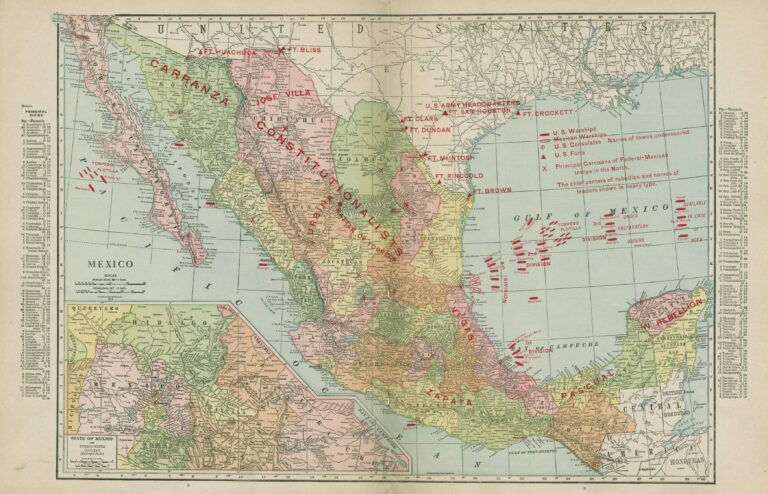
What social conditions contributed to the revolution? How did the United States seek to influence events in Mexico? How did artists and writers respond to the war?
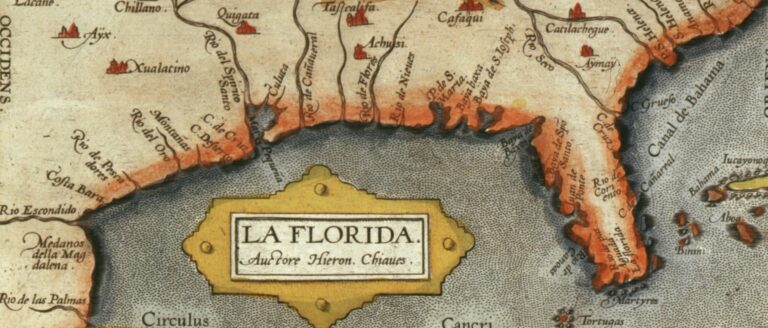
What can maps tell us about how people from different times, places, and cultures make sense of their world? How did maps and mapmaking influence the development of colonial North America?

What were social conditions in Mexico before and after independence from Spain? How was the struggle for independence shaped by internal conflicts between people of different social castes?
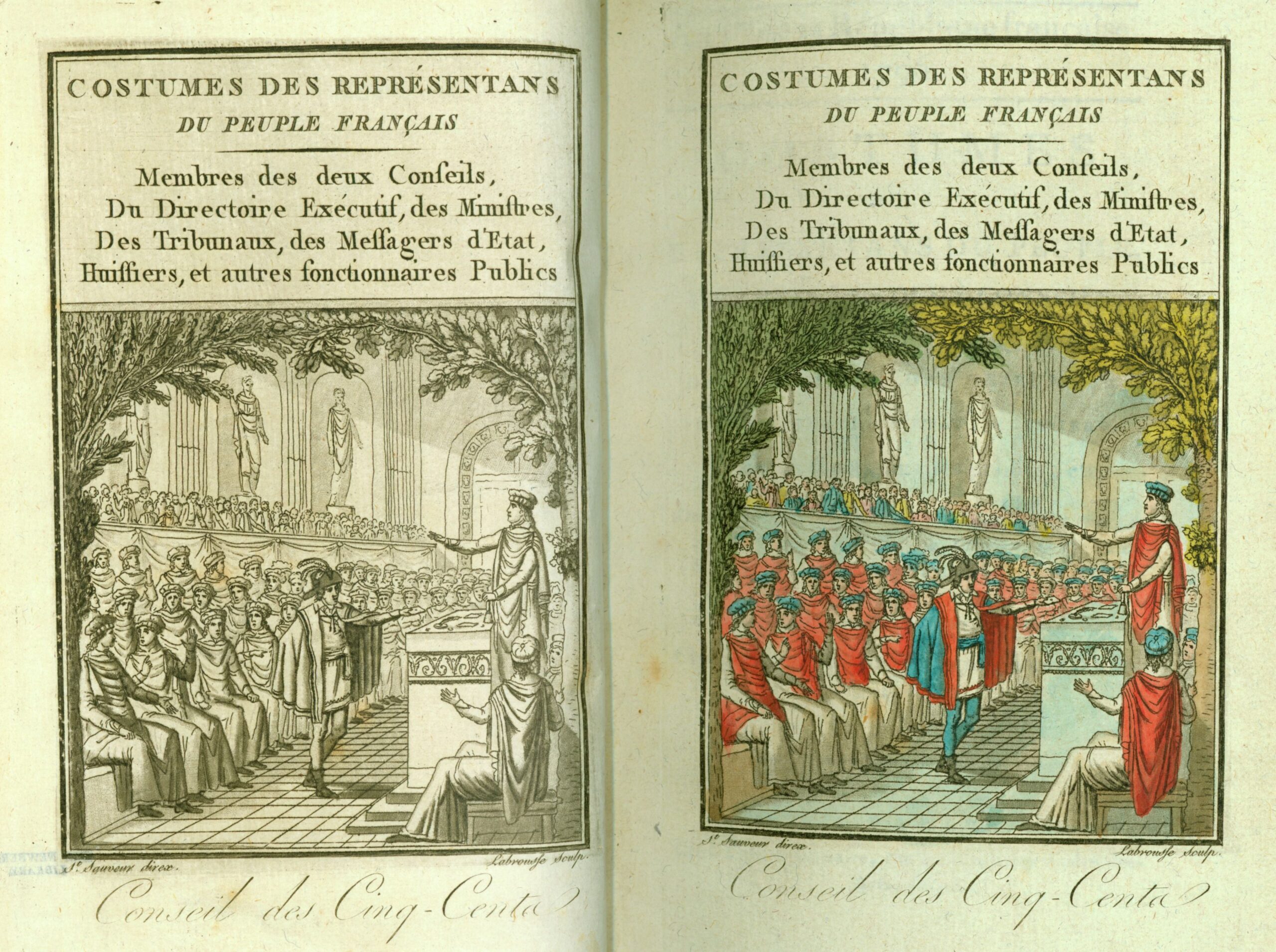
How did French people bring about—or resist—the transition from monarchy to republic during the Revolution? What did it mean to become a citizen of the new nation?
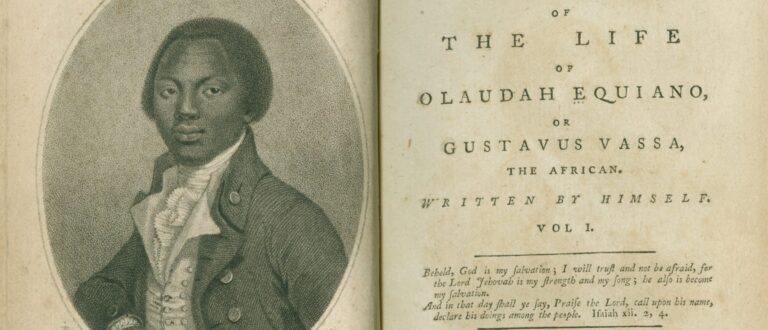
What arguments did eighteenth-century writers make about the slave trade? How are these arguments based in understandings of African civilization? How does Olaudah Equiano contribute to these debates?
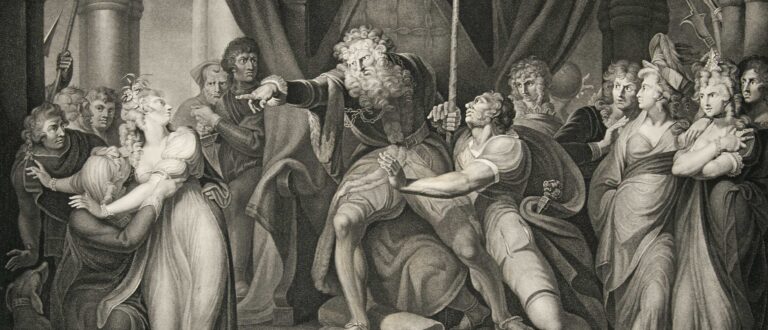
How did Renaissance writers define the family? What were the obligations of family members to one another? What threats to the family did writers perceive?
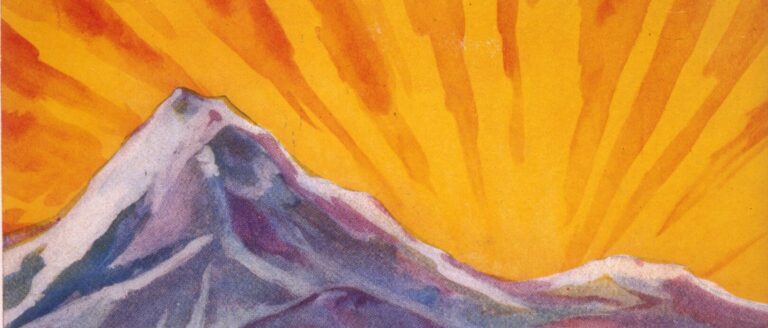
What are the connections between the exploration of the North and South Poles and their visual representation?
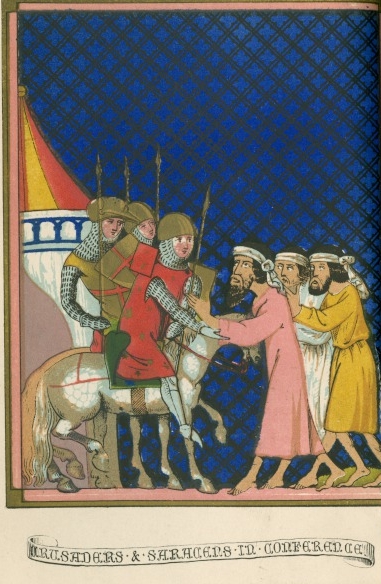
What were Western Christian religious beliefs, political relationships, and personal values during the Middle Ages? How did the motives, organization, and effects of the Crusades change over time? How have writers from the eleventh century on criticized the Crusaders’ goals and actions?












